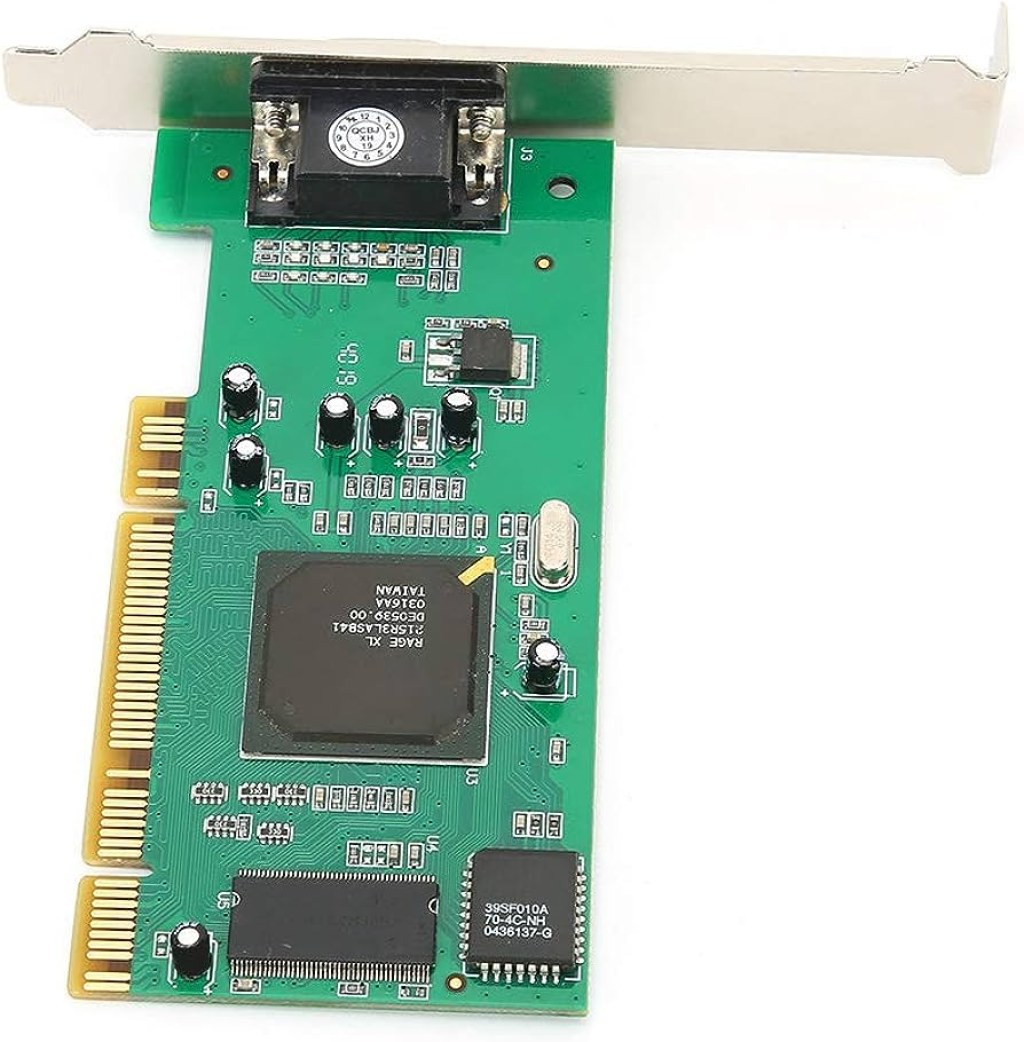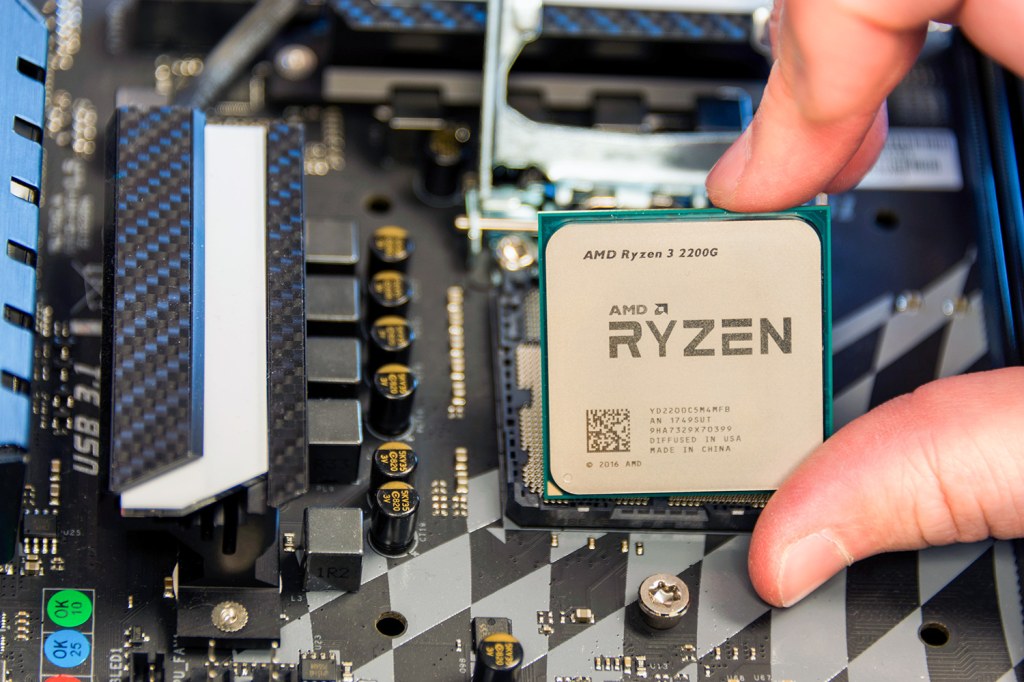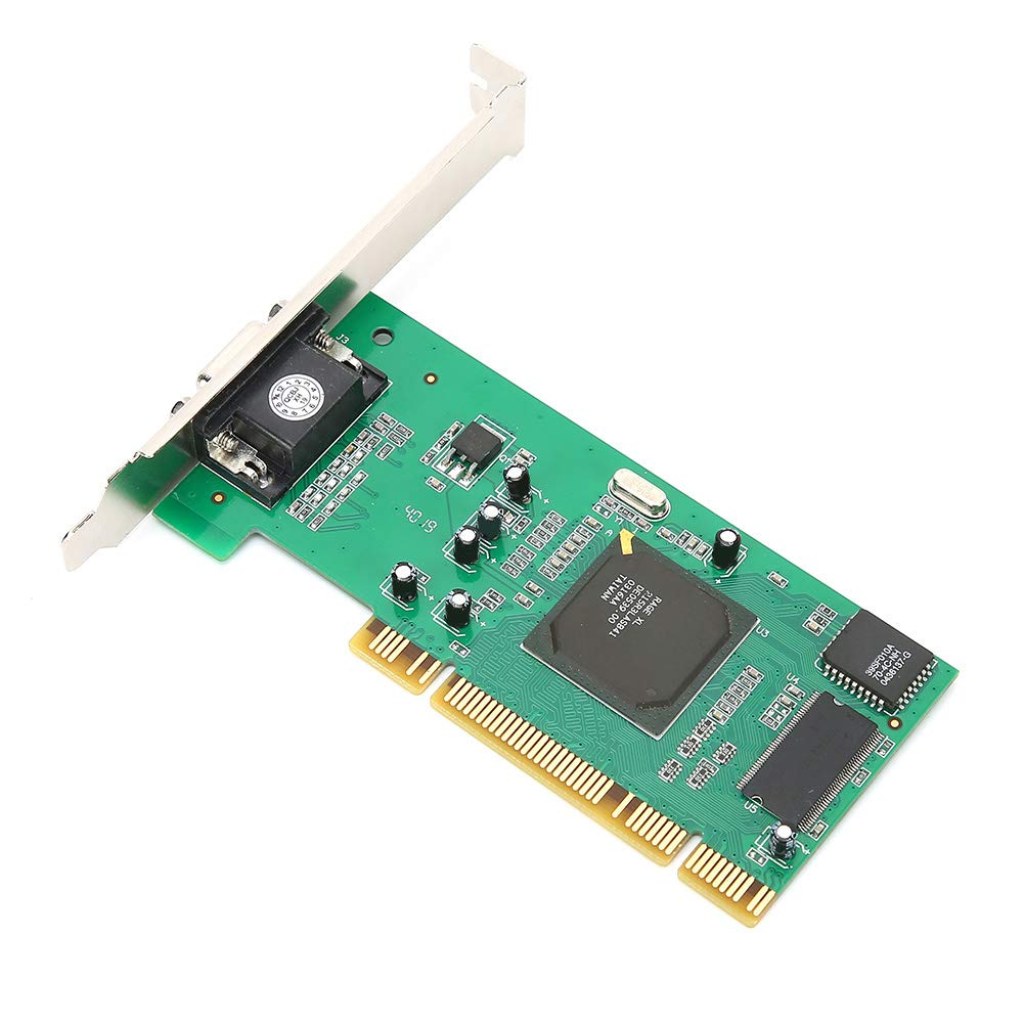Unlock The Power Of 32-bit Computer Hardware: Upgrade Your System Today!
Exploring the World of 32-bit Computer Hardware
Table of Contents
Introduction
3 Picture Gallery: Unlock The Power Of 32-bit Computer Hardware: Upgrade Your System Today!



Greetings, Readers! Today, we delve into the fascinating realm of 32-bit computer hardware. In this article, we will explore the intricacies of this technology, its history, its applications, and its pros and cons. So strap in and get ready to embark on a journey through the world of 32-bit computing!
Overview
32-bit computer hardware refers to a type of architecture that allows a computer’s central processing unit (CPU) to process data in 32-bit chunks. This means that the CPU can handle data and instructions that are 32 bits in length. This technology has been widely used in personal computers, gaming consoles, and other electronic devices. In recent years, however, it has been gradually replaced by 64-bit architecture, which offers greater processing power and memory capabilities. Nevertheless, 32-bit hardware still has its place in certain applications and industries.
What is 32-bit Computer Hardware?

Image Source: media-amazon.com
32-bit computer hardware is a type of architecture that allows a computer’s central processing unit (CPU) to process data and instructions that are 32 bits in length. This means that the CPU can handle information in chunks of 32 bits at a time, performing calculations and executing instructions accordingly. The use of 32-bit hardware has been prevalent in personal computers, gaming consoles, and other electronic devices for several decades.
Who Uses 32-bit Computer Hardware?
Various industries and individuals utilize 32-bit computer hardware for different purposes. In the past, it was predominantly used in personal computers, allowing users to run software and perform tasks efficiently. Additionally, gaming consoles such as the PlayStation 2 and Nintendo 64 also relied on 32-bit architecture to deliver immersive gaming experiences. While the prevalence of 32-bit hardware has diminished in recent years, it still finds applications in embedded systems, industrial control systems, and legacy software environments.
When Did 32-bit Computer Hardware Emerge?

Image Source: digitaltrends.com
The emergence of 32-bit computer hardware can be traced back to the early 1980s when it became commercially available. During this time, personal computers were transitioning from 8-bit and 16-bit architectures to the more powerful 32-bit architecture. The increased capacity of 32-bit hardware allowed for more complex software applications, improved graphics capabilities, and enhanced multitasking capabilities. Since then, 32-bit hardware has continued to evolve and adapt to the changing demands of the tech industry.
Where is 32-bit Computer Hardware Used?
While the use of 32-bit computer hardware has declined in the consumer market, it still has a presence in various industries and applications. One area where it is commonly found is in embedded systems, which are specialized computer systems designed for specific tasks. These systems often require low power consumption and a compact form factor, making 32-bit hardware a suitable choice. Additionally, industries such as manufacturing, telecommunications, and automotive rely on 32-bit architecture for their control systems and other critical operations.
Why Choose 32-bit Computer Hardware?
Although 32-bit computer hardware is being phased out in favor of 64-bit architecture, there are still reasons why it may be the right choice for certain applications. One of the main advantages is compatibility with older software and systems that were designed specifically for 32-bit environments. Additionally, 32-bit hardware can be more cost-effective for certain projects, especially those that don’t require the advanced capabilities offered by 64-bit systems. It also continues to be a viable option for low-power devices and embedded systems that prioritize efficiency over raw processing power.
How Does 32-bit Computer Hardware Work?

Image Source: media-amazon.com
32-bit computer hardware operates by processing data and instructions that are 32 bits in length. The CPU, which acts as the brain of the computer, is specifically designed to handle these 32-bit chunks of information. The larger word size allows for more complex calculations and a larger addressable memory space compared to earlier architectures. In a 32-bit system, the CPU can perform arithmetic operations, logical operations, and memory operations on 32-bit data. This enables the execution of advanced software applications and ensures compatibility with older 32-bit software.
Advantages and Disadvantages of 32-bit Computer Hardware
Advantages:
Compatibility with older software and systems.
Cost-effective for specific projects.
Suitable for low-power devices and embedded systems.
Efficient for certain applications that don’t require extensive processing power.
Provides a sufficient memory space for many tasks.
Disadvantages:
Limited memory addressability compared to 64-bit systems.
Less processing power and performance compared to 64-bit systems.
Not suitable for resource-intensive tasks such as high-end gaming and video editing.
Phasing out of support and software compatibility.
Less future-proof compared to 64-bit systems.
Frequently Asked Questions (FAQ)
Q: Can I upgrade my 32-bit computer to a 64-bit system?
A: In most cases, upgrading from a 32-bit to a 64-bit system requires replacing the entire hardware, including the CPU, motherboard, and memory modules.
Q: Is 32-bit hardware still relevant in today’s tech industry?
A: While its relevance has diminished, 32-bit hardware still finds applications in certain industries and specific use cases that prioritize compatibility and cost-effectiveness.
Q: Can I run 64-bit software on a 32-bit computer?
A: No, a 32-bit computer cannot run 64-bit software as it lacks the necessary architecture and processing capabilities.
Q: Can a 32-bit computer access more than 4GB of RAM?
A: No, due to memory limitations, a 32-bit computer can typically access up to 4GB of RAM.
Q: What is the future of 32-bit computer hardware?
A: As technology progresses, the use of 32-bit hardware will continue to decline, with a shift towards more advanced architectures such as 64-bit and beyond.
Conclusion
In conclusion, 32-bit computer hardware has played a significant role in the evolution of computing technology. While it may no longer dominate the consumer market, its impact is still felt in various industries and applications. Whether it’s ensuring compatibility with older systems or powering embedded devices, 32-bit hardware continues to serve a purpose. However, as technology advances and demands for greater processing power and memory capacity increase, the industry is gradually transitioning to more advanced architectures. It is essential for businesses and individuals to consider their specific needs and requirements when choosing between 32-bit and 64-bit computer hardware.
Final Remarks
In this article, we have explored the world of 32-bit computer hardware, delving into its functionality, applications, and advantages. As technology continues to evolve, it is crucial to stay informed about the latest advancements and trends. While 32-bit hardware may have its limitations, it remains an integral part of the computing landscape. Remember to consider your specific needs and requirements when deciding between 32-bit and 64-bit systems. Stay curious, keep learning, and embrace the ever-changing world of computer hardware!
This post topic: Computer Hardware

